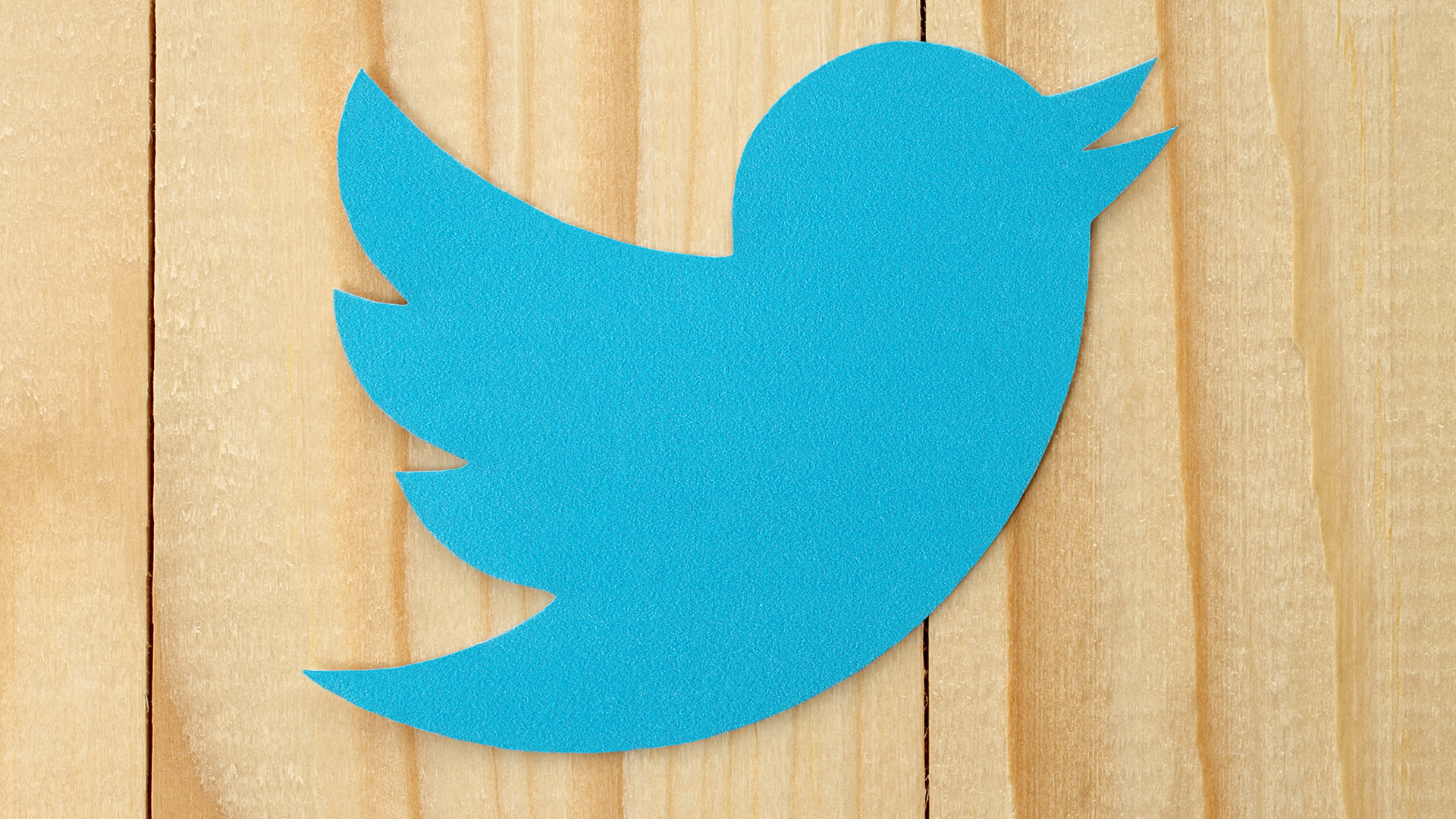Twitter’s app install ads go native inside its ad network
With the click of a button, mobile advertisers' app install ads on Twitter can be converted into native ads running across its in-app ad network.
Twitter is sprucing up the look of advertisers’ mobile app install ads within its in-app ad network.
On Thursday, Twitter announced that mobile app advertisers can have their app install ads automatically converted to appear natively within the apps in the Twitter Audience Platform, which the company claims reaches 800 million people across “thousands” of apps.
To syndicate an app install campaign as a native ad across Twitter’s ad network, a mobile app advertiser just needs to check a box labeled “native” when setting up the campaign on the Twitter Audience Platform. From there, Twitter’s technology will take the ad’s individual assets, like its text, images and app-store links, and reassemble them, color-by-numbers style, within a template that will make them appear more like normal content within a mobile app, such as a post in an article feed or a listing in a list of places to check out.
Twitter claimed that, in testing, native app install ads received 56 percent higher click-to-install rates than app install ads that appeared as traditional banner ads and interstitials, which until now were the only ways an app install ad from Twitter could appear in its ad network.
For now, mobile app engagement ads, which are designed to get someone who has already installed an app to use it, cannot be converted into native ads across Twitter’s ad network.
Contributing authors are invited to create content for MarTech and are chosen for their expertise and contribution to the search community. Our contributors work under the oversight of the editorial staff and contributions are checked for quality and relevance to our readers. MarTech is owned by Semrush. Contributor was not asked to make any direct or indirect mentions of Semrush. The opinions they express are their own.
Related stories
New on MarTech
